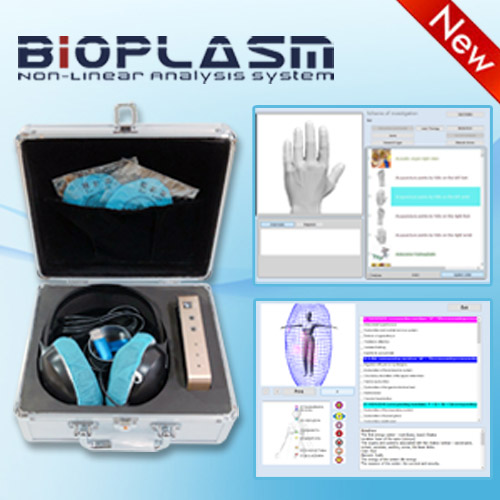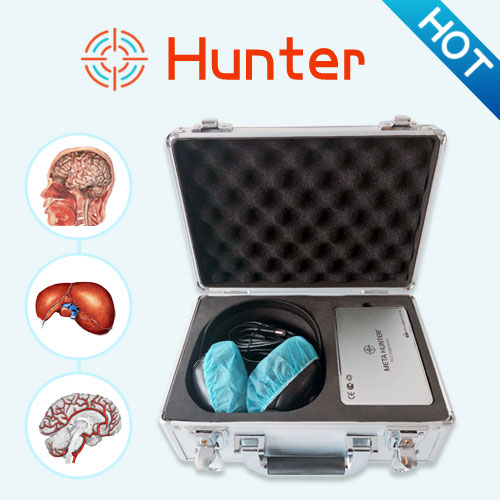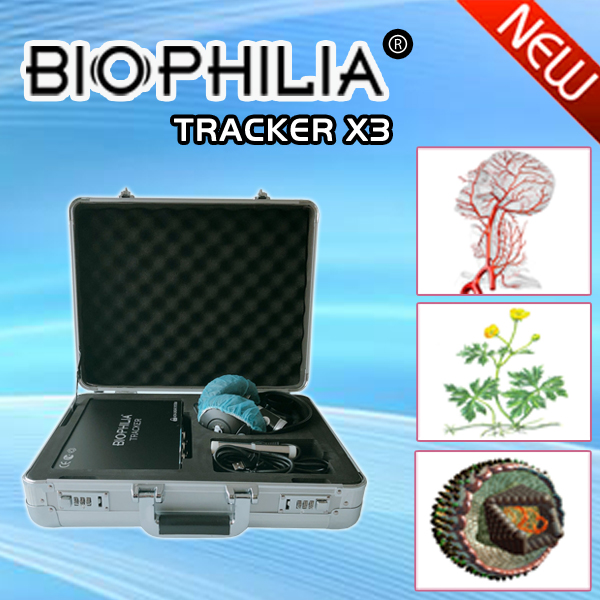Three-dimensional NLS-graphy By Biophilia Tracker Is Widely Applied
It is well-known that one of the leading methods of solitary hepatic metastases treatment is surgical operation. Proof of operation efficacy is the absence of metastases in other parts of the liver. This problem may be successfully solved using three-dimensional NLS-ultramicroscopy with the application of spectral-entropy analysis. For a long time, widespread application of ultramicroscopic NLS-examination was limited by the absence of special equipment with high resolution. Nowadays, devices with super-high frequency non-linear generators (40GHz) are available, making it possible to carry out three-dimensional ultramicroscopic revision and evaluation of chromosomal aberrations of almost any cell in the human organism. Three-dimensional NLS-research may help specify character, localization and number of pathological nidi when the clinician plans liver resection due to metastatic disease. Our experience shows that the application of three-dimensional NLS-graphy by biophilia tracker in cancer metastases of the large intestine allows the detection of additional nidi, not registered by any type of introscopy, in 20% of the cases. Data acquired using three-dimensional NLS-graphy of the liver makes it possible to evaluate the extent of the operation; avoid unjustified surgical interventions; and decrease the risk of developing post-operative complications.
Joint application of video-laparoscopy and NLS-research allows the physician to combine proper examination of abdominal organs and tissues with a study of their structure by applying spectral-entropy analysis in selected areas, and carry out updating diagnostics of tumoral diseases of organs in the abdominal cavity and the retroperitoneal space. In stomach cancer, the number of mistakes in pre-operative diagnostics of liver metastatic disease reaches 25% - 30%. The first application of such research technology proves that the number of mistakes decreases to 3% - 5%.
Nowadays, onco-urology is the sphere in which methods of three-dimensional NLS-graphy may also be widely applied. However, until today, the application of three-dimensional NLS-research on patients operated for urinary bladder tumor consisted in the dynamic monitoring of the organ’s condition, in order to detect recurrent tumors and metastases at an early stage. The introduction of three-dimensional NLS-methods in clinical practice will allow a complete change in our point of view to this problem.
This article is provide from [Metatron 4025 hunter],please indicate the source address reprinted:http://www.healthycarer.com/news/nls-knowledge/1576.html






